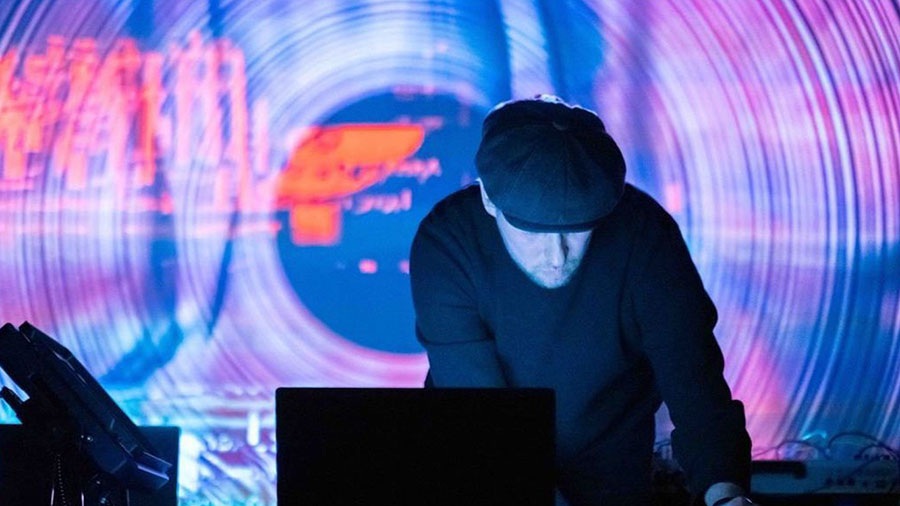- Translucens
- 2024
- Norrström
Translucens offers an experience inspired by the world of REM-dreams, where everyday objects and realities can transform and change shape. The visuals are code-generated and projected on a water screen consisting of fine mist.
In Niko Tiainen’s work, Translucens, holographic projections appear to be floating in the air. The installation draws on the groundbreaking work of Nobel Prize laureate Dennis Gabor, who invented and developed the holographic method. Gabor was awarded the Nobel Prize in Physics in 1971.
When our mind sees images following each other, it starts to construct a narrative. This is called the Kuleshov effect. Tiainen uses this in order to mirror the logic of our dreams, where unexpected things happen. In musical terms, the structure of Translucens, resembles an impromptu – an improvised work that becomes a musical composition.

- Niko Tiainen
NIKO TIAINEN is an interdisciplinary artist who specialises in outdoor video mapping and video projections as well as light and sound installations. He is trained in classical music, composition, and design. Tiainen works with generative and interactive visuals, often inspired by musical structures and narrative forms.
“I enjoy the challenge of creating site-specific and holistic experiences. As an artist, you must adapt to the environment and make compromises. This often leads you to view your own art from a new perspective and make new interpretations of it.”
– Niko Tiainen
